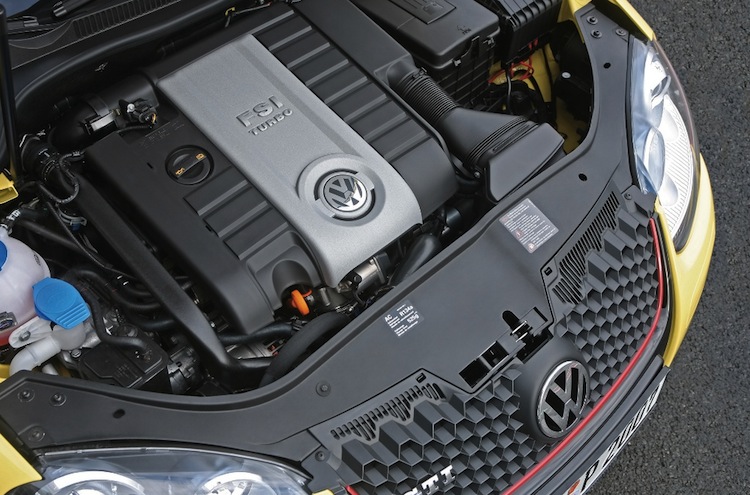FSI (Volkswagen) engine - what kind of engine is it, characteristics
The FSI engine is the most modern and environmentally friendly system, which we better know as direct injection. This system was developed in the early 2000s by Volkswagen and applied to Audi cars. Other car manufacturers have also carried out their developments in this direction, and other abbreviations are used for their engines:
- Reno - IDE;
- Alfa Romeo - JTS;
- Mercedes - CGI;
- Mitsubishi - GDI;
- Ford - EcoBoost and so on.
But all these engines are built on the same principle.

Features of this type of engine are as follows:
- the presence of two fuel flow patterns - low and high pressure circuits;
- a fuel pump installed directly in the tank pumps gasoline into the system at a pressure of approximately 0,5 MPa, the operation of the pump is controlled by the control unit;
- the fuel pump pumps only a strictly measured amount of fuel, this amount is calculated by the control unit based on data from various sensors, the pulses entering the pump make it work with more or less force.
The high pressure circuit is directly responsible for providing the cylinder block with fuel. Gasoline is pumped into the rail by a high pressure pump. The pressure in the system here reaches an indicator of 10-11 MPa. The ramp is a fuel-conducting tube with nozzles at the ends, each nozzle under enormous pressure injects the required amount of gasoline directly into the combustion chambers of the pistons. Gasoline is mixed with air already in the combustion chamber, and not in the intake manifold, as in old-style carburetor and injection engines. In the cylinder block, the air-fuel mixture explodes under the action of high pressure and a spark, and sets the pistons in motion.
Important elements of the high pressure circuit are:
- fuel pressure regulator - it provides an accurate dosage of gasoline;
- safety and bypass valves - they allow you to avoid an excessive increase in pressure in the system, the discharge occurs by releasing excess gas or fuel from the system;
- pressure sensor - measures the level of pressure in the system and feeds this information to the control unit.
As you can see, thanks to such a system of the device, it became possible to significantly save the amount of gasoline consumed. However, for well-coordinated work, it was necessary to create complex control programs and stuff the car with all kinds of sensors. Failures in the operation of the control unit or any of the sensors can lead to unforeseen situations.
Also, direct injection engines are very sensitive to the quality of fuel cleaning, so high demands are placed on fuel filters, which must be changed in accordance with the instructions in the car manual.
It is also important that such engines provide almost complete combustion of fuel, respectively, the minimum amount of harmful substances is emitted into the air along with exhaust gases. Thanks to such inventions, it was possible to significantly improve the ecological situation in the countries of Europe, North America and Southeast Asia.
In this video you will see and hear how a 2-liter warm FSI engine works with a run of 100 thousand km.
Loading…